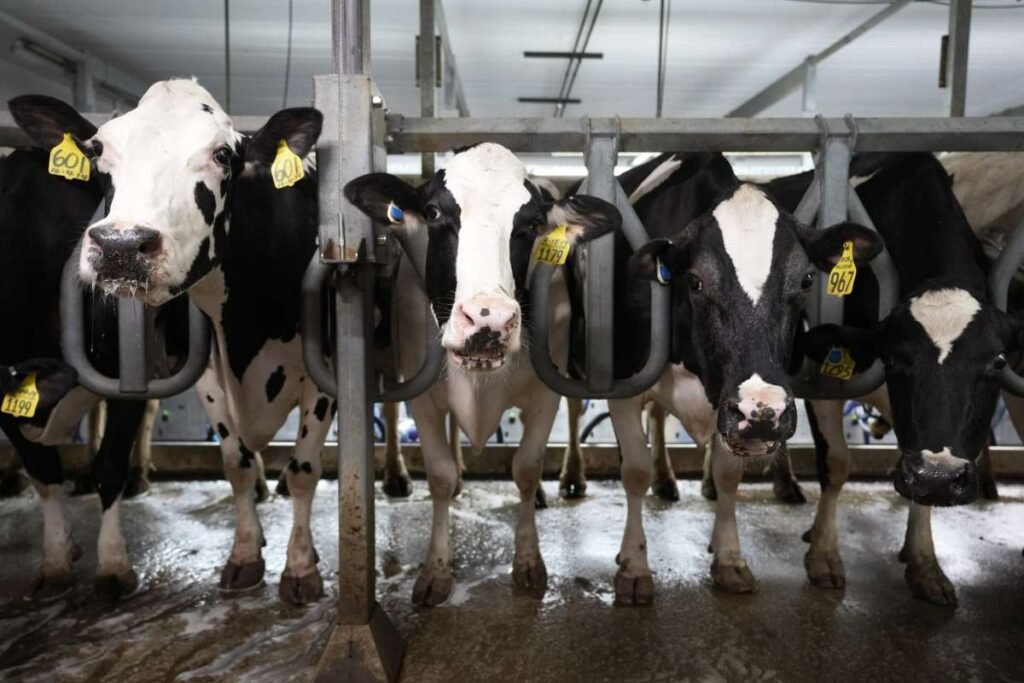Emerging Strain of H5N1 Found in Nevada Dairy
Six dairy herds in Nevada Dairy have tested positive for a newly identified strain of the H5N1 bird flu virus, according to the Nevada Department of Agriculture. This strain, labeled D1.1, is different from B3.13, the version that has been circulating among dairy cattle across the United States. Before this discovery, D1.1 had only been detected in birds and individuals who had direct contact with infected birds. This marks the second confirmed instance where avian flu has been transmitted from birds to cattle, highlighting the increasing complexity of controlling the virus.
Experts emphasize that controlling the virus among cattle is more manageable compared to preventing its spread from birds to cows. Dr. Scott Hensley, a microbiologist at the University of Pennsylvania, noted that containment efforts become significantly more challenging when the virus spreads between different species. The emergence of this strain in dairy cattle underscores the evolving nature of the outbreak and raises concerns about its impact on animal health and potential human transmission.
Potential Human Health Implications
The D1.1 strain has been linked to severe infections in humans. Previously, a teenager in British Columbia was critically hospitalized but later recovered, while an elderly individual in Louisiana succumbed to the infection in January. In Washington state, farm workers who participated in culling infected poultry also tested positive for D1.1, though their symptoms were reported to be mild.
Scientists are closely studying the characteristics of the D1.1 strain to understand how it spreads and its potential risks. J.J. Goicoechea, director of the Nevada Dairy Department of Agriculture, stated that the infected dairy farms have been cooperating with health authorities by providing worker contact information for monitoring. Employees are also being supplied with protective gear as a precautionary measure. As of now, no human infections have been reported in connection to the affected herds in Nevada.
Despite the emergence of this new strain, the clinical symptoms observed in cattle remain consistent with those seen in previous outbreaks of B3.13. Infected cows typically experience a loss of appetite and decreased milk production, but most recover with appropriate veterinary care. Goicoechea emphasized that while the strain is new, its impact on dairy herds appears to be similar to previous infections recorded in other states since early 2024.
Tracking and Containment Efforts
The infected herds in Nevada Dairy were identified on January 31 through a surveillance program initiated by the U.S. Department of Agriculture (USDA). This program involves testing bulk milk samples collected from large silos across the country, enabling researchers to trace back positive results to specific farms. Dr. Seema Lakdawala, a microbiologist at Emory University, emphasized that these findings raise critical concerns regarding how dairy cattle are contracting the virus and the feasibility of containment measures.
According to USDA data, since March 2024, the H5N1 virus has been detected in nearly 957 herds across 16 states. The Centers for Disease Control and Prevention (CDC) has reported 67 human infections in the U.S., primarily among farm workers who had direct contact with infected animals. While the risk to the general population remains low, health officials continue to monitor the situation closely, as the virus’s rapid spread among animals poses ongoing challenges for containment and public health safety.









